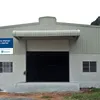Building a new house? Here are some eco-friendly options you can use
With sustainability the need of the hour, implement it in your living space with these eco-friendly housing materials and ideas.
The world is slowly is moving towards sustainability. While single-use plastic is slowly finding alternatives, so are everyday living spaces.
Imagine living in a house, where everything from the walls to the roof, and power to water are all sustainable. With advancements in technology, people are opting for solar panels and vernacular constructions to ensure sustainability in the long run.
Here are some materials that can aid an eco-friendly living space, and bring down bills substantially.
Bamboo
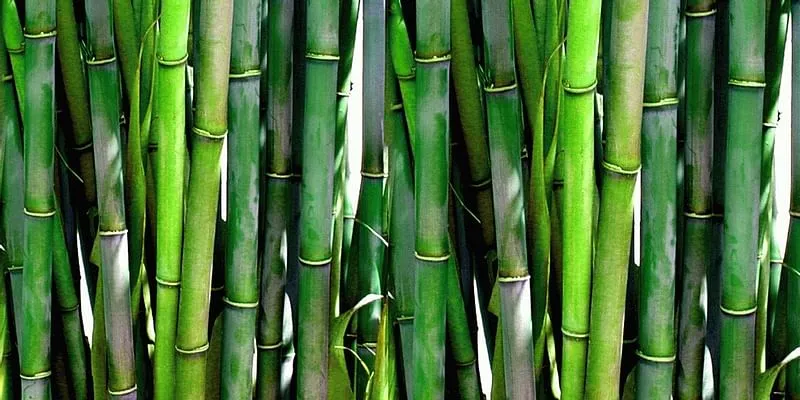
Representational image
Bamboo is slowly becoming the face of sustainability with a whole range of products that can be made from it, including housing material. It is easily harvestable when compared to trees, which take about 25 years to produce quality wood.
The material is a sustainable alternative for different areas within the house including flooring, trims, countertops, decking, etc.
Reclaimed wood
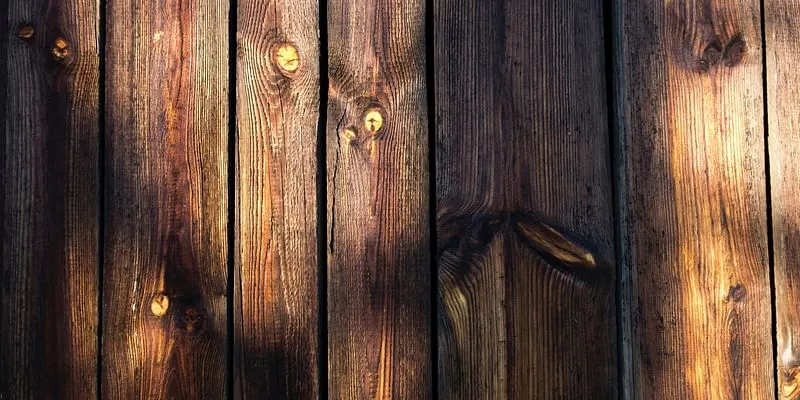
Reclaimed wood or ‘recycled wood’ is wood from a previous shipping crate, wine cask and other wooden structures that is being repurposed. This wood can be used for flooring or wall panelling. A touch of polish is all it needs to look beautiful and aesthetic.
While this can be a sustainable replacement to virgin wood, it needs to be free from mould and bugs. The wood should also be dry, since wet woods shrink once dry.
Solar tiles
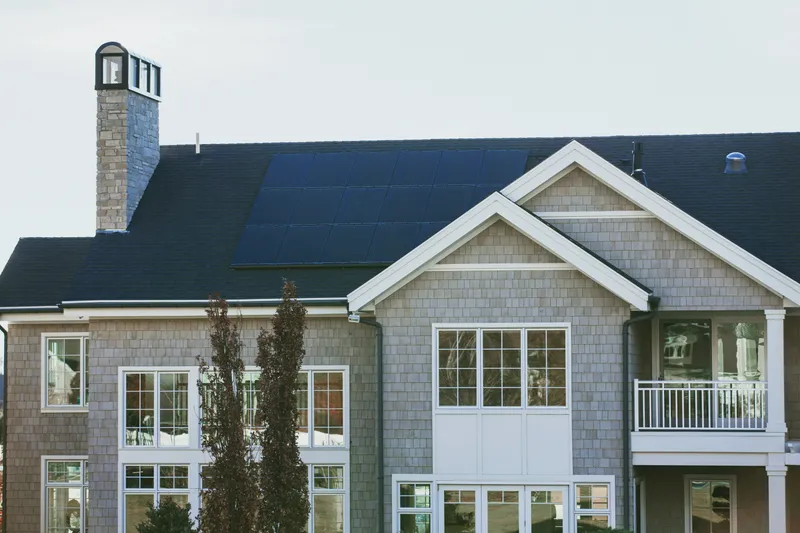
Representational image
While huge solar panels are yet to be implemented in many households, an even more compact solar innovation is in the market. Tesla Solar Tiles offer durable roof tiles and compact solar panels. Not only do these roofs bring down power bills, but also provide weatherproof protection for the roof.
This makes it a good one-time investment, for long-term savings in energy costs.
Living roofs
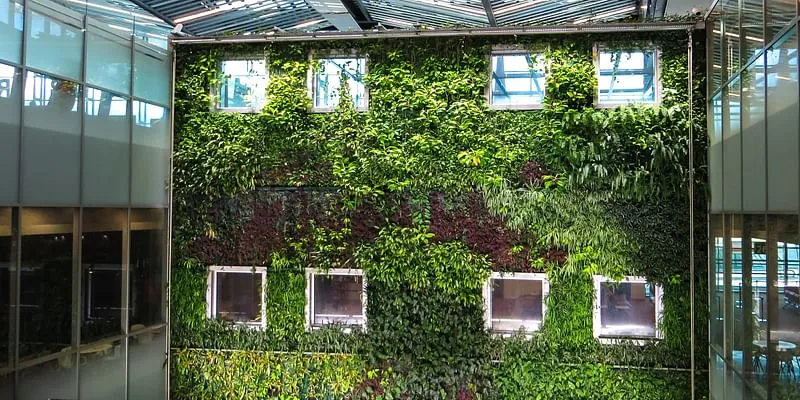
Respresentational image
We’re talking of green stretch on the roof comprising a waterproofing membrane, a medium for growth, usually soil, and vegetation, in the form of plants.
Leafy plants and flowers can absorb toxic gases from the atmosphere. This increases energy efficiency, reducing the demand for power and also reducing the amount of CO2 released into the atmosphere. It is also claimed that these roofs have amazing noise reduction features as well and can reduce outside noise by at least 40 decibels.
Mud
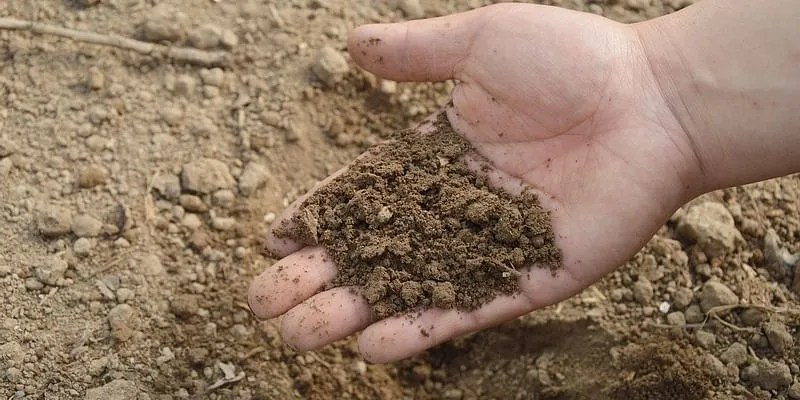
Mud houses can built in a shorter time and with much lesser investment. It just needs to be ensured that the mud needs to be cleared of any debris and only the powdered soil is used.
The mud is extremely malleable as compared to other housing material like bricks and removes the need for a contractor since the material can be easily sourced. Moreover, the mud does not harm the environment in the long-run and can be sustained if maintained properly.
Edited by Rekha Balakrishnan


